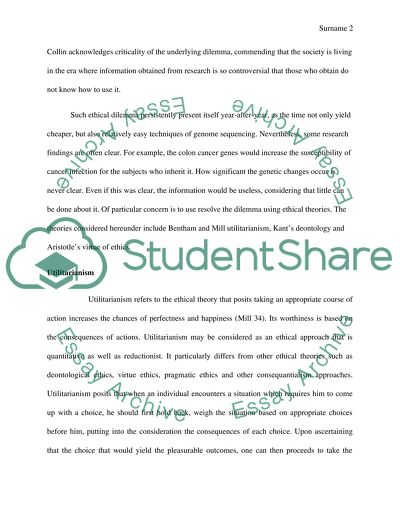Cite this document
(“Resolving dilemma by Applying Ethical Theories: The Case of Gina Essay”, n.d.)
Resolving dilemma by Applying Ethical Theories: The Case of Gina Essay. Retrieved from https://studentshare.org/philosophy/1465048-resolving-dilemma-by-applying-ethical-theories-the-case-of-gina-kolata
Resolving dilemma by Applying Ethical Theories: The Case of Gina Essay. Retrieved from https://studentshare.org/philosophy/1465048-resolving-dilemma-by-applying-ethical-theories-the-case-of-gina-kolata
(Resolving Dilemma by Applying Ethical Theories: The Case of Gina Essay)
Resolving Dilemma by Applying Ethical Theories: The Case of Gina Essay. https://studentshare.org/philosophy/1465048-resolving-dilemma-by-applying-ethical-theories-the-case-of-gina-kolata.
Resolving Dilemma by Applying Ethical Theories: The Case of Gina Essay. https://studentshare.org/philosophy/1465048-resolving-dilemma-by-applying-ethical-theories-the-case-of-gina-kolata.
“Resolving Dilemma by Applying Ethical Theories: The Case of Gina Essay”, n.d. https://studentshare.org/philosophy/1465048-resolving-dilemma-by-applying-ethical-theories-the-case-of-gina-kolata.


